Blumenbund
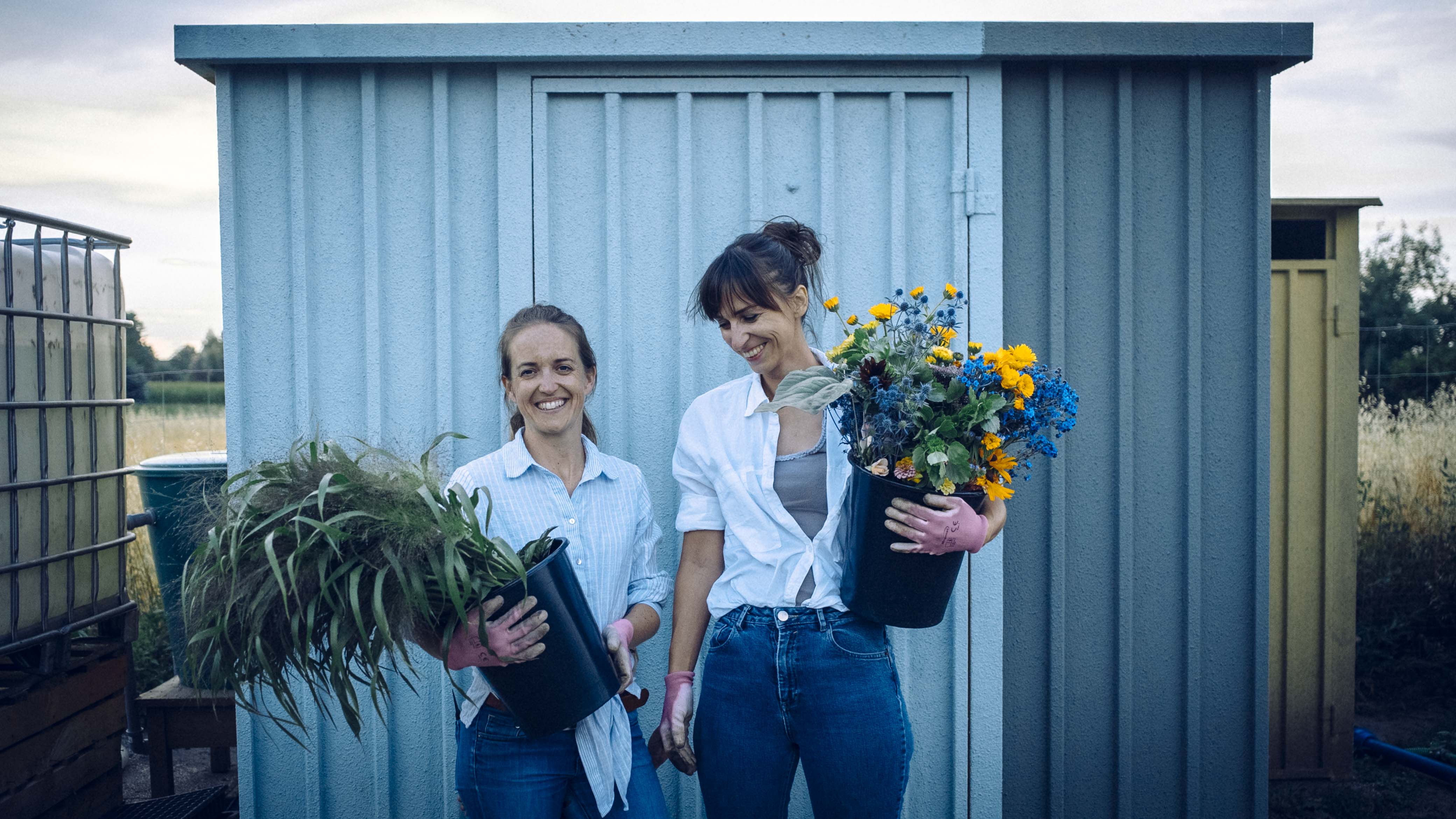
Consider a seed.
In a favourable scenario, said seed finds its way into a conscious local grower’s hands—hence, is cultivated on a field sans pesticides before being carefully cut and placed on display at a market nearby within a day or two of its removal from the soil. Though it comes at a higher price tag than its more nomadic counterparts, it comes at a much lower cost. Sadly, in today’s highly competitive, billion-Euro global floriculture industry, this scenario is far from the norm.
In a more realistic depiction of our little seed’s destiny, it’s flown to mass-market growers in Colombia or Kenya, where the cost of labour is significantly lower, governments’ environmental regulations are more lax, and warmer climates allow for year-round-production. As a flower, it would later travel great distances in uninterrupted cooling compartments, until once again finding itself aboard an airplane, only to return to Europe and embark on a cross-continental journey via a string of trucks and wholesalers. While en route, our hypothetical seed would bear witness to similar plights to those of its fellow plants in the food industry—from exploitation of workers to child labour in developing nations; staggering CO2 emissions to the toxic release of chemicals into water and land— the picture that the vast majority of the floriculture industry paints is certainly not as pretty as the blossoms it bears. Indeed, the environmental and human costs disguised behind the bulk of European bouquets are nothing short of devastating.
But Blumenbund proves, not every rose must have its thorns

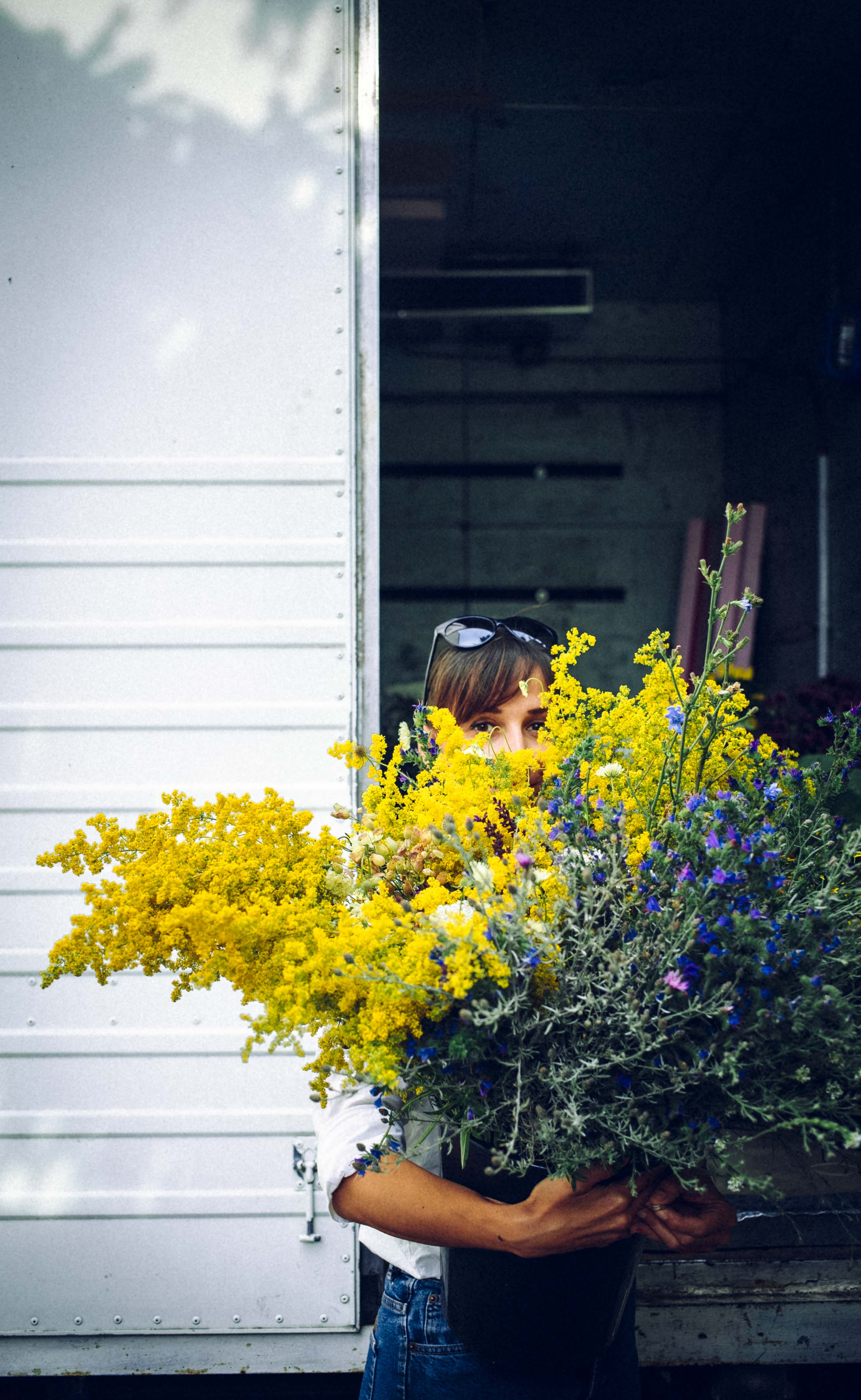


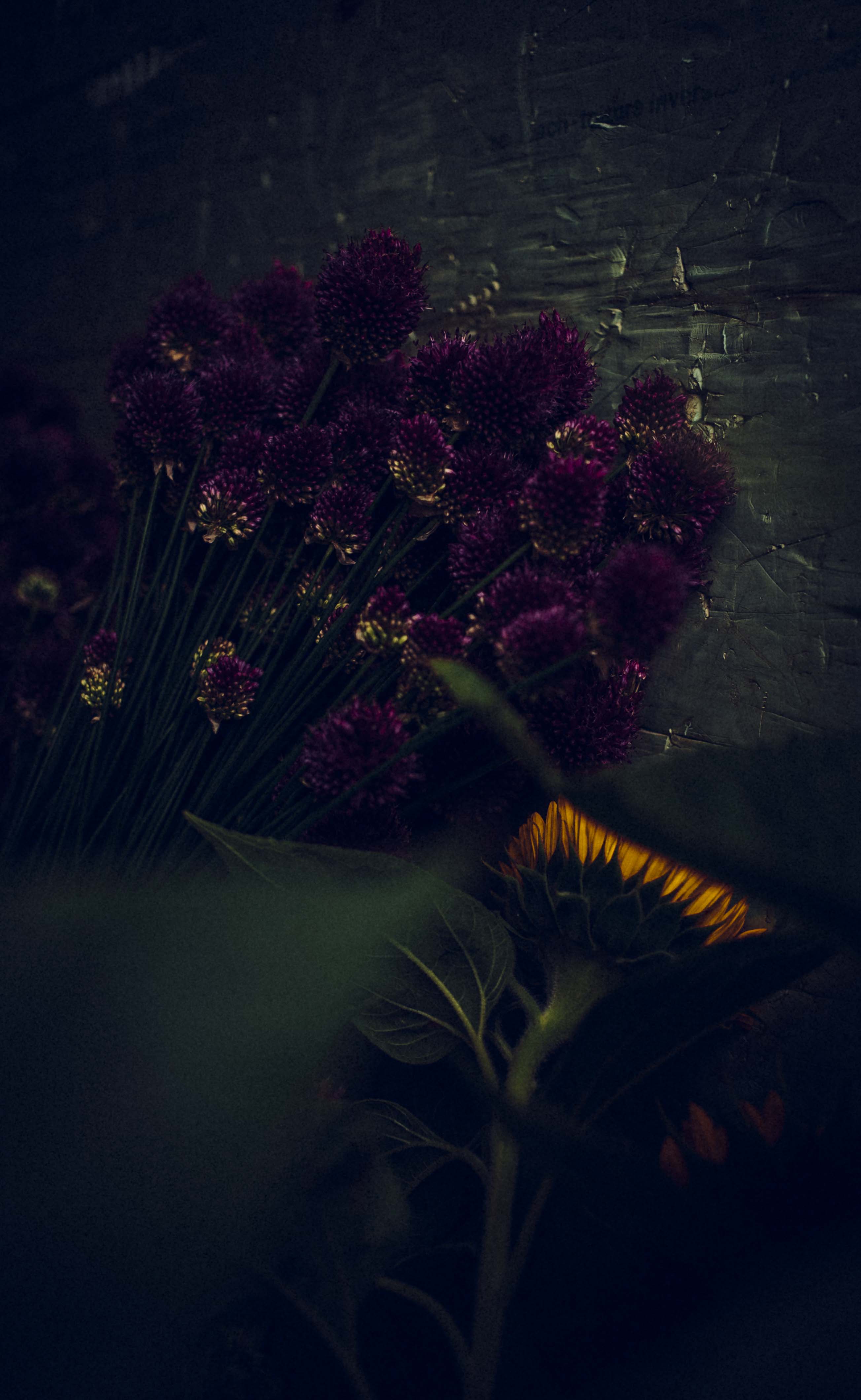
Wandering amongst rows of their very own flowers, Kathi and Manu reminisced over Blumenbund’s inauguration with a mixed sense of nostalgia and disbelief. It had been less than nine months since, helped by a handful of close friends and family members, the duo first placed their very first batch of bulbs into beds of freshly churned soil. From a 2,000 m² patch of land on the outskirts of Vienna, the aspiring flower farmers are uprooting the local market by bringing seasonal, regional and sustainable bouquets to Austria’s capital.
Blumenbund’s picturesque plot of land is located on the edge of Gänserndorf, a quiet town nestled on the foothills of a thriving agricultural landscape. The co-founders are the first to admit that countless hours of researching, selecting, planning, sowing, nurturing, harvesting, binding, delivering and vending has not been the easiest feat, but their hard work has been well-received, and in just under a year, hundreds of their stunning arrangements have breathed life and colour into Viennese homes.
![]()
![]()
![]()
Blumenbund’s picturesque plot of land is located on the edge of Gänserndorf, a quiet town nestled on the foothills of a thriving agricultural landscape. The co-founders are the first to admit that countless hours of researching, selecting, planning, sowing, nurturing, harvesting, binding, delivering and vending has not been the easiest feat, but their hard work has been well-received, and in just under a year, hundreds of their stunning arrangements have breathed life and colour into Viennese homes.



What came first, the flower or the seed?
Kathi regrets that she wasn’t able to purchase as many seeds as she would have liked to from local Austrian sellers. She sourced the bulk of their first crop from England, which boasts a significantly larger market, hence a much wider selection of species to choose from. She and Manu did, however, visit a handful of local growers and gardeners, and spoke lovingly of their buying trips to Viennese peony and dahlia gardens. With thousands of flowers to choose from, putting together a well-thought-through shopping cart requires tough decision-making and continuous self-restraint. “Once you’ve decided on your focal flowers for each week, you need to make sure that you’re growing fillers that will match them, and you have to ensure that they’ll bloom around the same time. That said, we’ve come to realise that the more colourful our bouquets get, the better they look.” Manu explained.
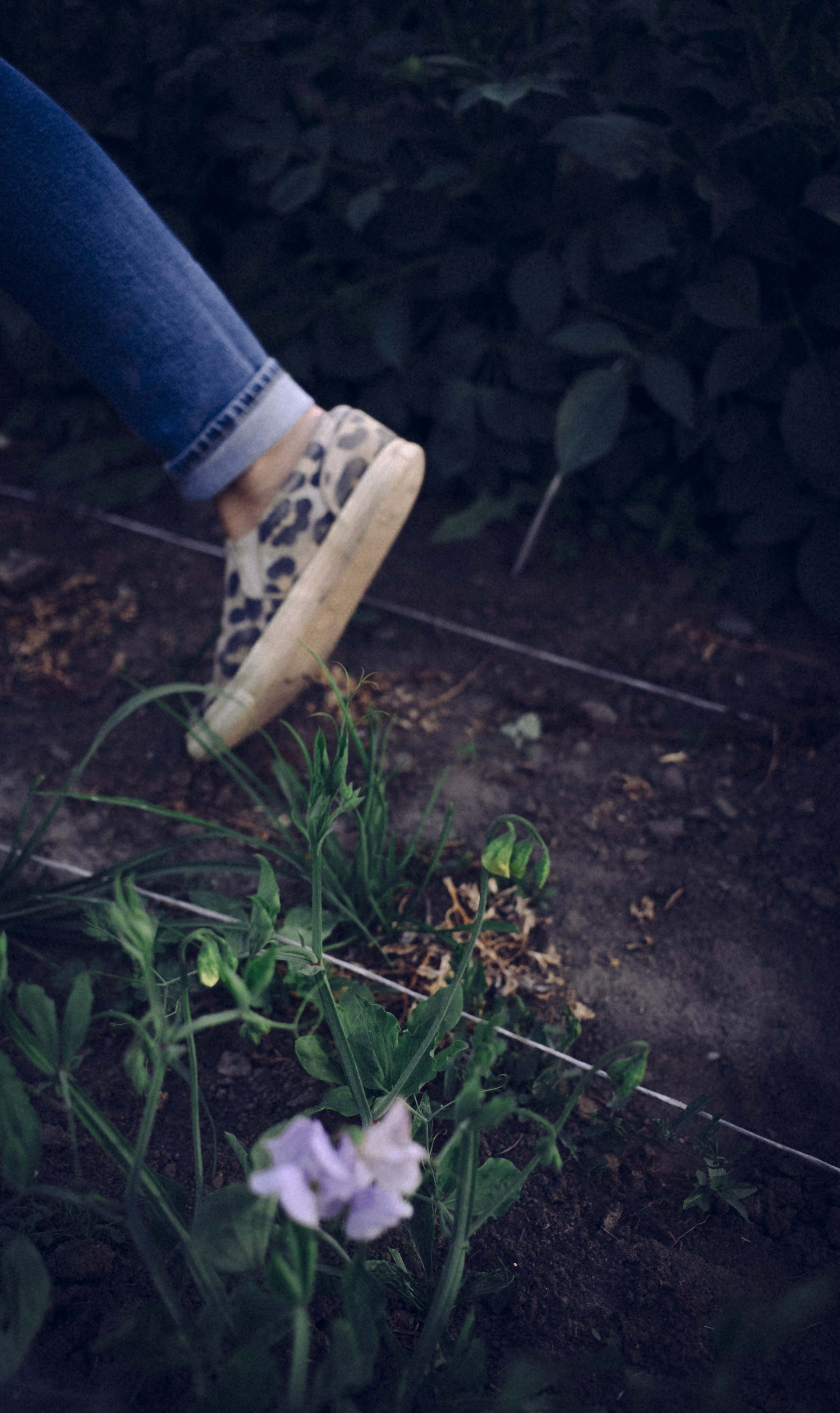

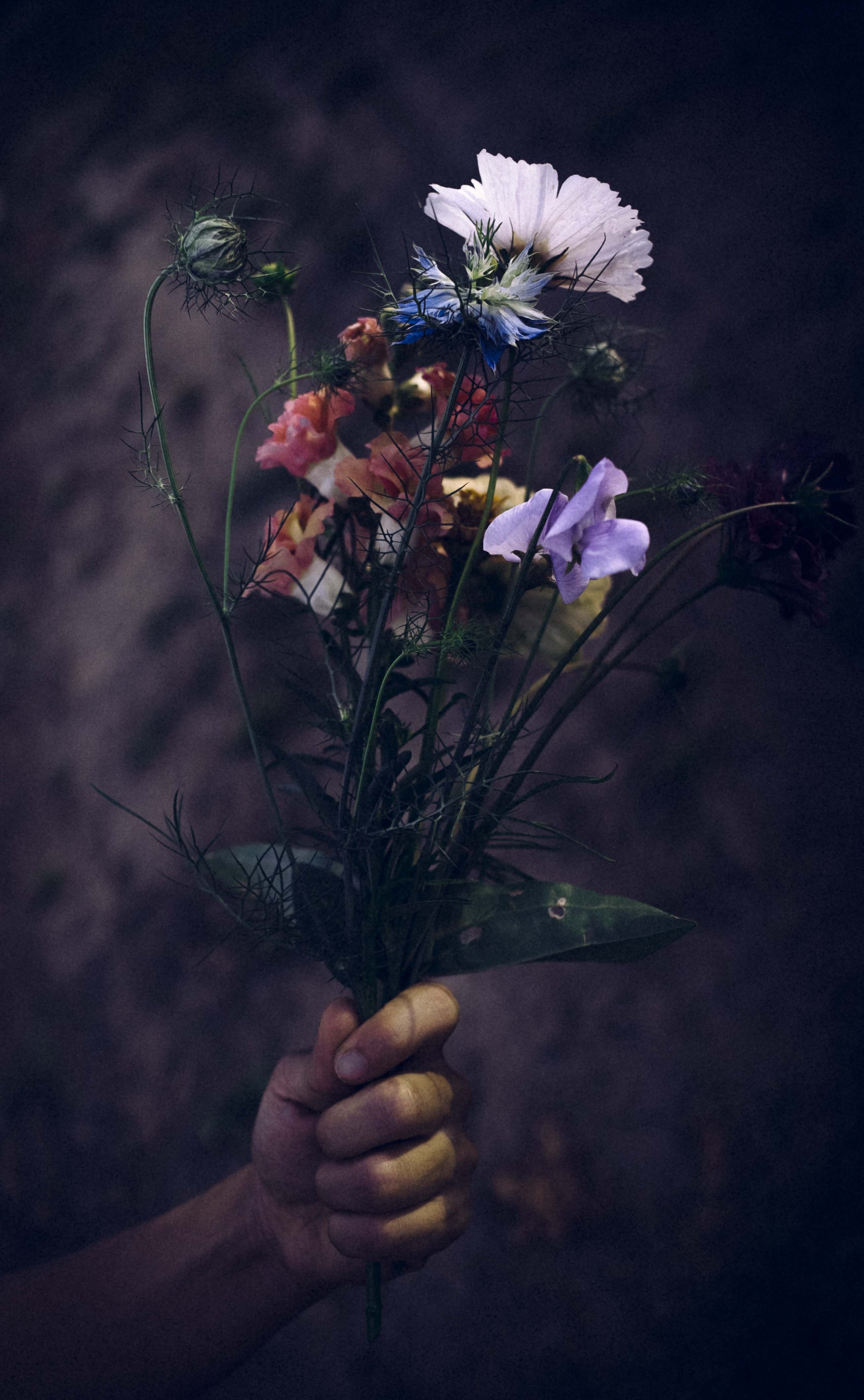
Every Wednesday, the team of two harvests all the flowers from the field that are in bloom. They then sort them into large, black buckets of water and drive them over to Kathi’s brother’s estate for safe-keeping. Only on nights when outdoor temperatures threaten the blossoms’ chances of survival, are they stored in the refurbished cooling truck they have permanently parked on his property. Thursdays, they move the flowers into his wine cellar, where cool air and shelter from the sun provide the perfect setting for bundling their handpicked gatherings into unique and stunning bouquets. Come Friday morning, they set off into the city center to deliver their arrangements to a small selection of partner stores. On occasion, Kathi and Manu also take sales directly into their own hands with stalls at local markets. They also offer delivery of weekly bouquets directly to customers’ homes via a subscription package, but this alternative has yet to strike a chord with their audience. It seems Blumenbund buyers favour picking up fresh flowers along with their sourdough breads and organic spreads over ordering online.

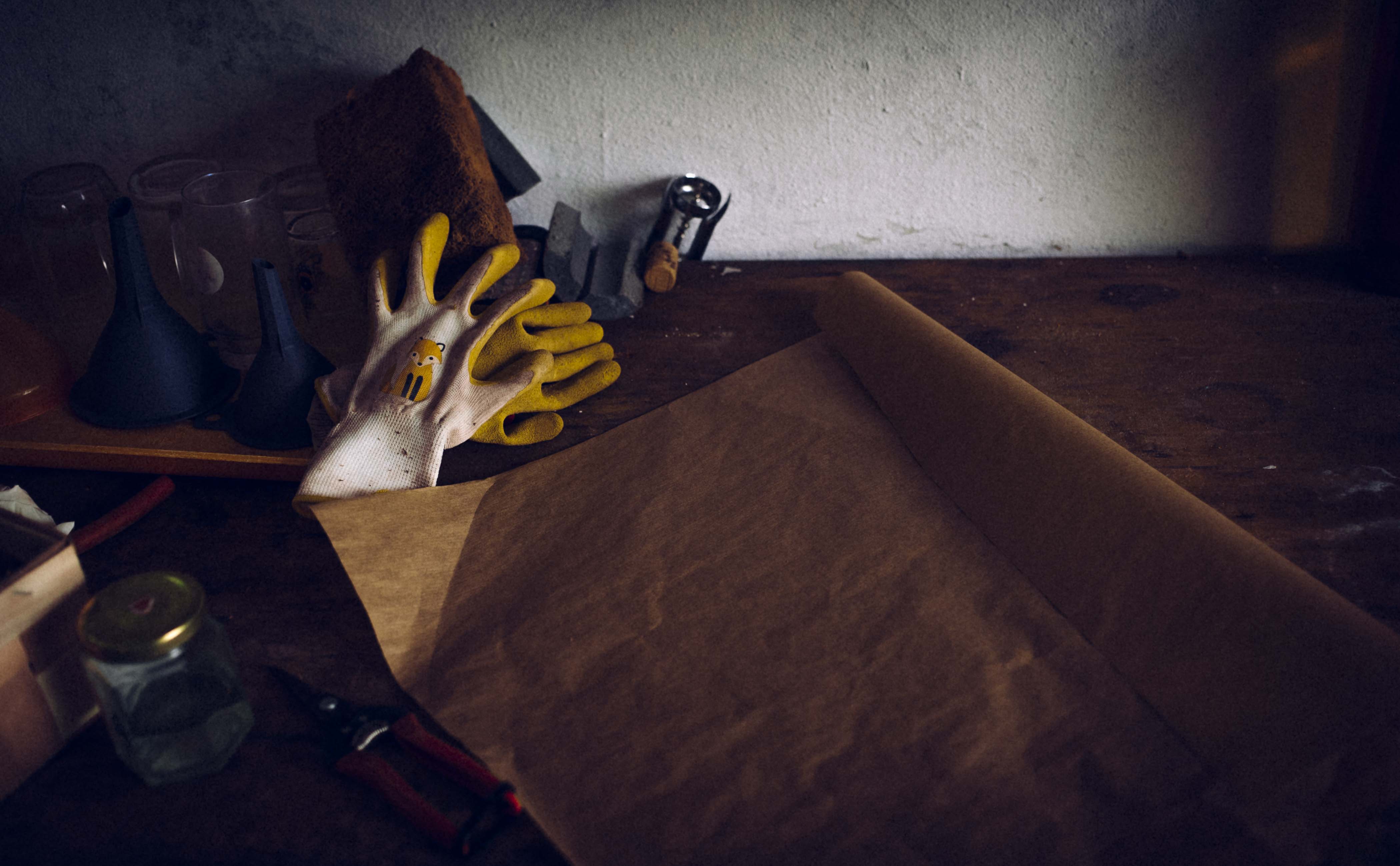
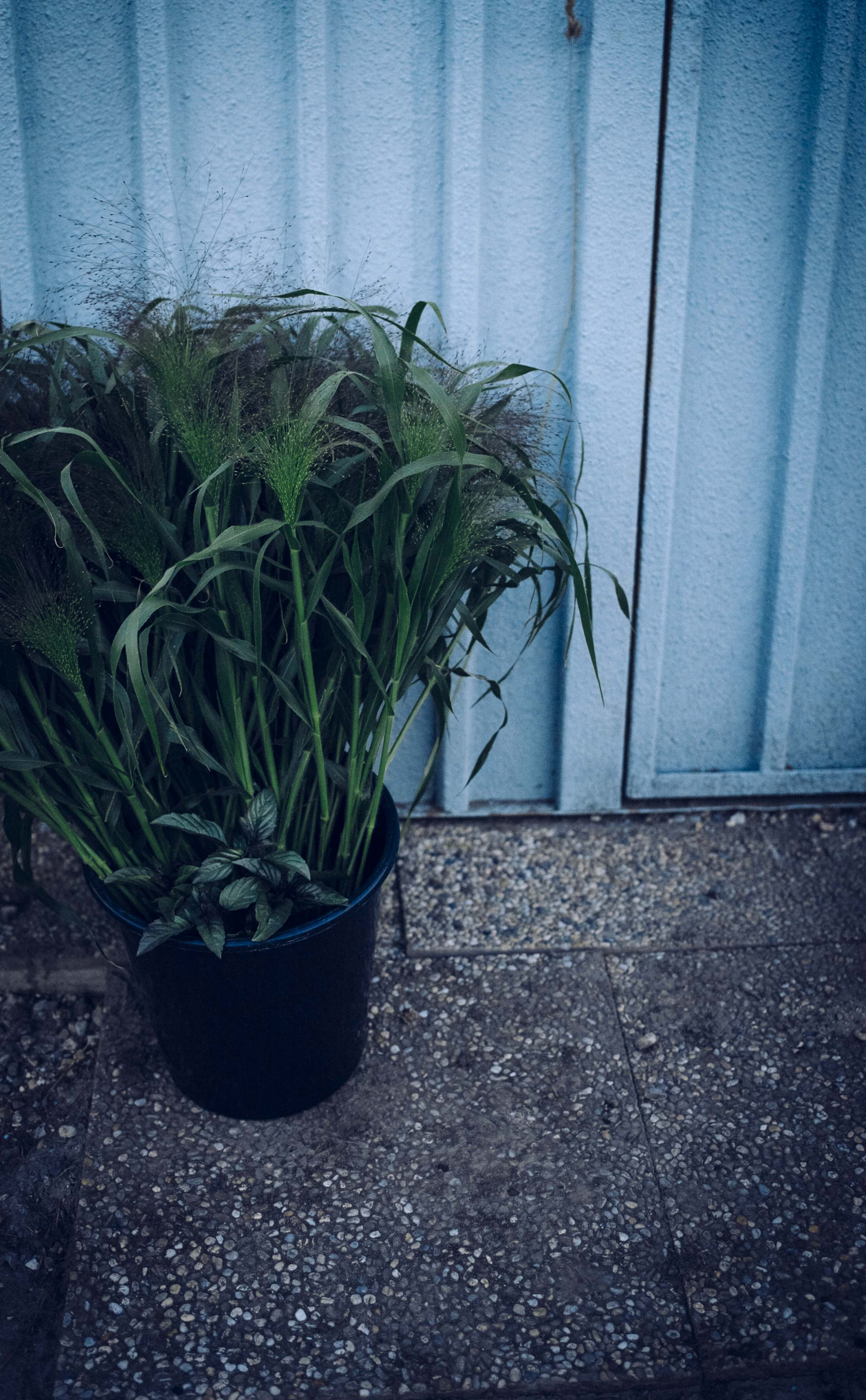

At Mother Nature’s mercy
Little did they know, upon embarking on their new venture, that unusually long frosts in early 2018 would last well into April, and their first harvest would see all 7,000 spring flowers burst forth simultaneously. Manu recalls, “We didn’t really have a spring. Suddenly, the weather turned and we went from wearing winter jackets to bathing suits. We had carefully chosen our selection of tulips and daffodils, so that they would bloom for weeks on end, and then, from one day to the next, it was really warm and they all opened at once. We were literally flung into the deep end and there was no time to learn how to swim—harvesting, harvesting, harvesting, selling, selling, selling—it was insane!"
Overnight they found themselves battling the field up to three times a day, hastily hauling flowers into their cars by the bucketload. Despite Manu’s initial reservations, Kathi had insisted that they invest in a cooling truck for their first season; an investment which Manu now estimates have allowed them to save up to two-thirds of their harvest from the sweltering heat and the sun’s scorching rays.
And then, almost as swiftly as it had come, it was over—where rows upon rows of spring flowers had erupted in the blink of an eye, naught but bare patches of cut stems remained. Thanks to the long-lasting frosts, they had been forced to delay the sowing of their summer flower seeds, and the next batch of blossoms was nowhere in sight. Nonetheless, unforeseeable temperature changes were not the only threat the farmers would face in their first season.
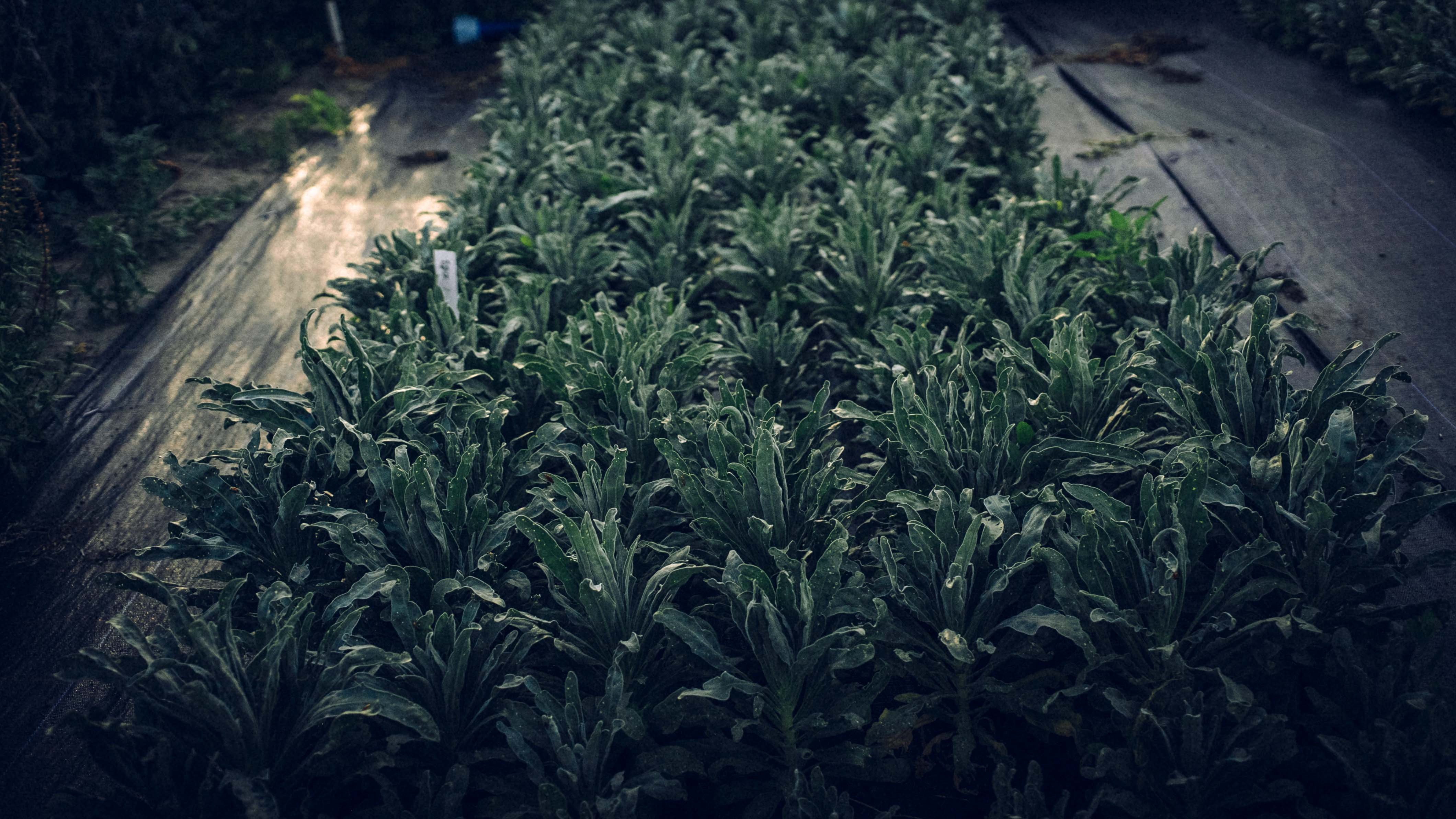
Both Kathi and Manu endured a handful of sleepless nights over the sudden arrival of an unexpected group of visitors. Shortly after their husbands had helped them erect fences around the circumference of the property, a neighbour startled them with a phone call—it appeared a family of deer had taken to roaming amongst Blumenbund’s flower beds. As the episode continued to repeat itself, they concluded that their newly planted patch of land must be inconveniently located along the deers’ daily grazing route—after years of crossing this unkempt terrain, the herd was not quite ready to accept the sudden barriers that protruded in their path. Prompted by a spark of ingenuity, their husbands added a passage-way through the field, allowing the deer to continue about their regular route undisturbed. Ever since, they’ve observed significantly less damage to the fence surrounding their property, and the calls from their neighbour ceased to persist.


“We’ve been lucky that we haven’t really had to combat any perilous pests” Kathi pointed out. “We did have some lice on our roses, but they didn’t do any actual damage. Sometimes we’ll discover snails hiding between petals, but thankfully, they’re the harmless, loving kind, not the destructive kind. Whenever we spot one, we like to think of it as a little goody on the bouquet.” Because their plot of land is located on the edge of a forest, Kathi suspects that natural predators in the area help keep the ecosystem, and with it the threat of potential pests, in check.
Perfecting the practices of farm to vase
Think bundles of vibrant tulips to ring in the spring, dazzling sunflowers at the height of summer, and delicate dahlias to anticipate the arrival of fall—while that might seem like a somewhat obvious rule of thumb to abide by, it’s not something most people consider when reaching for €3.99 bundles of kaleidoscopic stems. You really only have to enter one supermarket on Valentine’s Day to gauge that concepts of seasonality and regionality are undeniably out of sync along the chain of supply and demand.

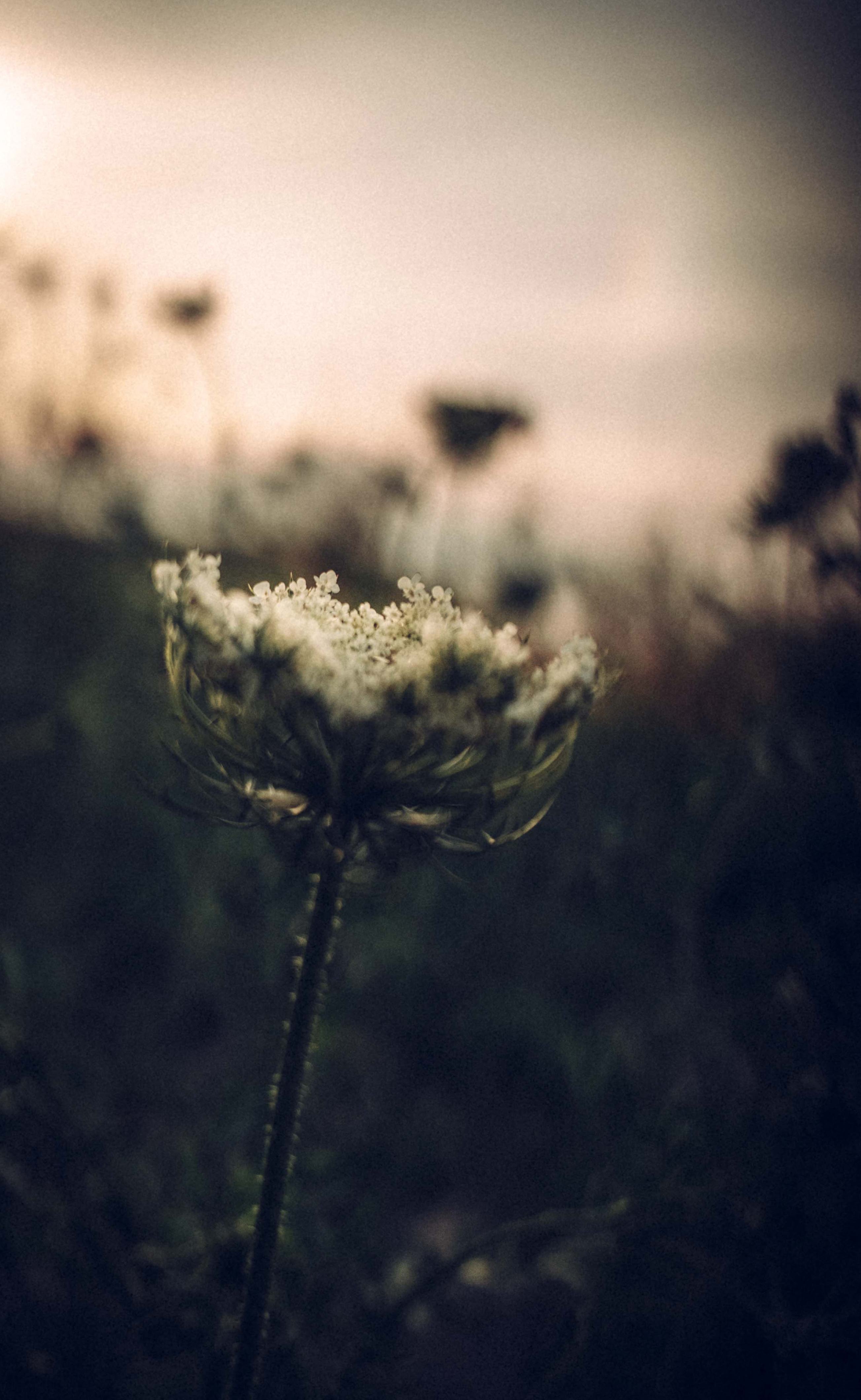


Both Kathi and Manu underline the pressing need for increased consumer awareness and entrepreneurial liability. One of their core visions with Blumenbund is that we once again learn to appreciate the ephemeral nature and abundance of our earth’s offerings, learn to favour nature’s sights, scents and flavours for their natural temporality over man-made longevity. "I hope that the movement shifts back to a sphere where people simply refuse to buy strawberries in November. We’re really only meant to eat strawberries when they’re growing on the fields. If things are limited, you know that they’re only here for a short time, and that’s what makes them so wonderful!” Manu passionately rationalized. “And in that sense, no one really needs lilies of the valley in February or lilacs in November” Kathi convincingly chimed in.

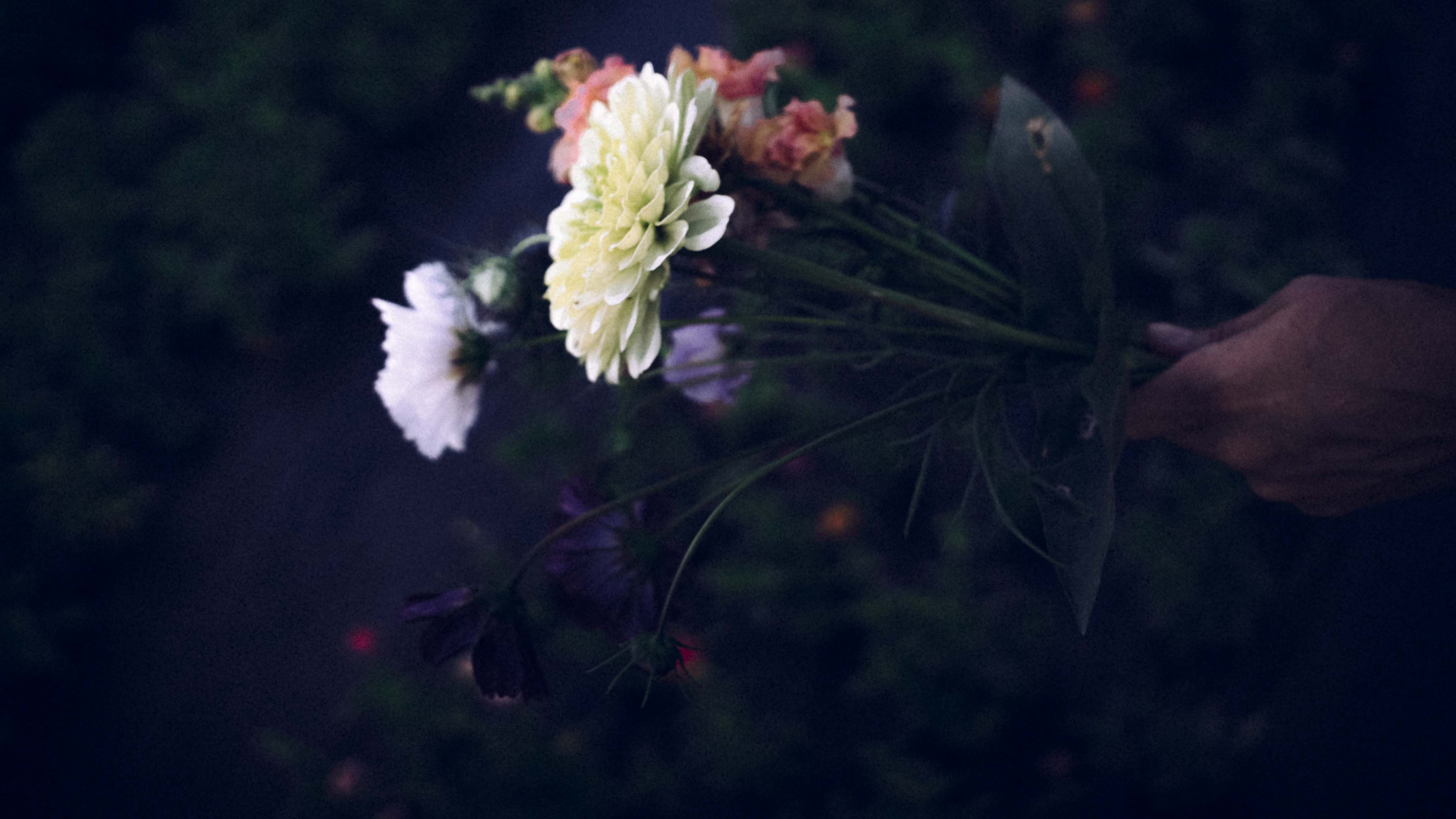
Both are adamant in their claim that, contrary to popular belief, seasonality is not synonymous with monotony. Kathi finds great joy in her new-found ability to bear witness to ecology’s evolution in real-time, “Every weekend, I take photographs of our bouquets. As a result, we’ve really been able to observe the tremendous changes that would otherwise go unnoticed from one week to the next. That even holds true for weeks when they contain the same focal flowers. It’s incredibly fun to watch these micro-seasons develop.” A quick glance at their Instagram is certainly enough to confirm this statement.
Blumenbund’s calendar will hit full circle in October 2018. “American flower farmers refer to this time of year as ‘Frostmas’—like Christmas, but with the first frost—because that’s when the season is officially over. The last dahlias will have wilted and been taken from the ground, and we’ll have placed the bulbs for the next season into the soil” Kathi illustrates. Just as their land takes a well-deserved break, the flower farmers are reliant on the colder months of the year to gather their strengths, and use the time and headspace to plan for the season ahead.

Hoping to build energy-friendly caterpillar tunnels in 2019, Manu and Kathi have their hearts set on planting their first seedlings as early as February or March. While some might argue that the use of these season extension structures is not exactly the equivalent of letting nature take its course, in contrast to most large-scale greenhouses—which more often than not run on electrical heating systems—these foil tunnels simply serve to protect seedlings from frost while letting in the sun’s rays. Ultimately, these structures should allow them to spread out their harvest more evenly across the spring and summer months, thereby shaping a more sustainable business model in the long-term.
But if seasonal flowers only grow in warmer months of the year, what natural decorative alternatives are consumers left with in the depths of winter? Kathi’s solution is simple—house plants, dried flowers, or pine wreaths. Manu also added that people could embrace the challenege and invite more creativity in their lives, “Go on a walk in the woods and collect interesting branches you find in your path. Things always smell differently in winter. I always love the feelings of anticipation that these scents trigger, because you know that spring is just around the corner.”
An honest approach
Both Kathi and Manu cite the continuous positive feedback they receive as one of their biggest drivers. Only just recently, Kathi found herself being pointed in the right direction yet again, this time by one of their partner stores. She got wind of a health food store in Vienna’s 7th district which has been around for over 30 years. She was eager to describe her encounter.
“Sometimes, it feels a bit like wherever we look, we’re embraced with open arms. I contacted the owner [of the store] and she immediately fell in love with our idea. It was as though she had spent decades waiting for someone to walk into her store and say, ‘These are my flowers, I grow them myself. Would you be interested in selling them for me?’ She wanted to know exactly how and where they’re cultivated, because her customers often inquire about the sources of her products. She also asked whether we’re organically certified, which we aren’t, but we do rely exclusively on organic farming methods. Essentially, we explained that though, for cost reasons, not all our seeds are organic, we don’t use pesticides. We might not have the official seals, but we’re OK with that, because we work with our flowers every day and we’d never expose ourselves to toxins or chemicals. Hence, our flowers are as organic as our approach. As soon as those concerns were clarified, she was more than happy to partner with us. Conversations such as these bring the whole project so much closer to my heart.”
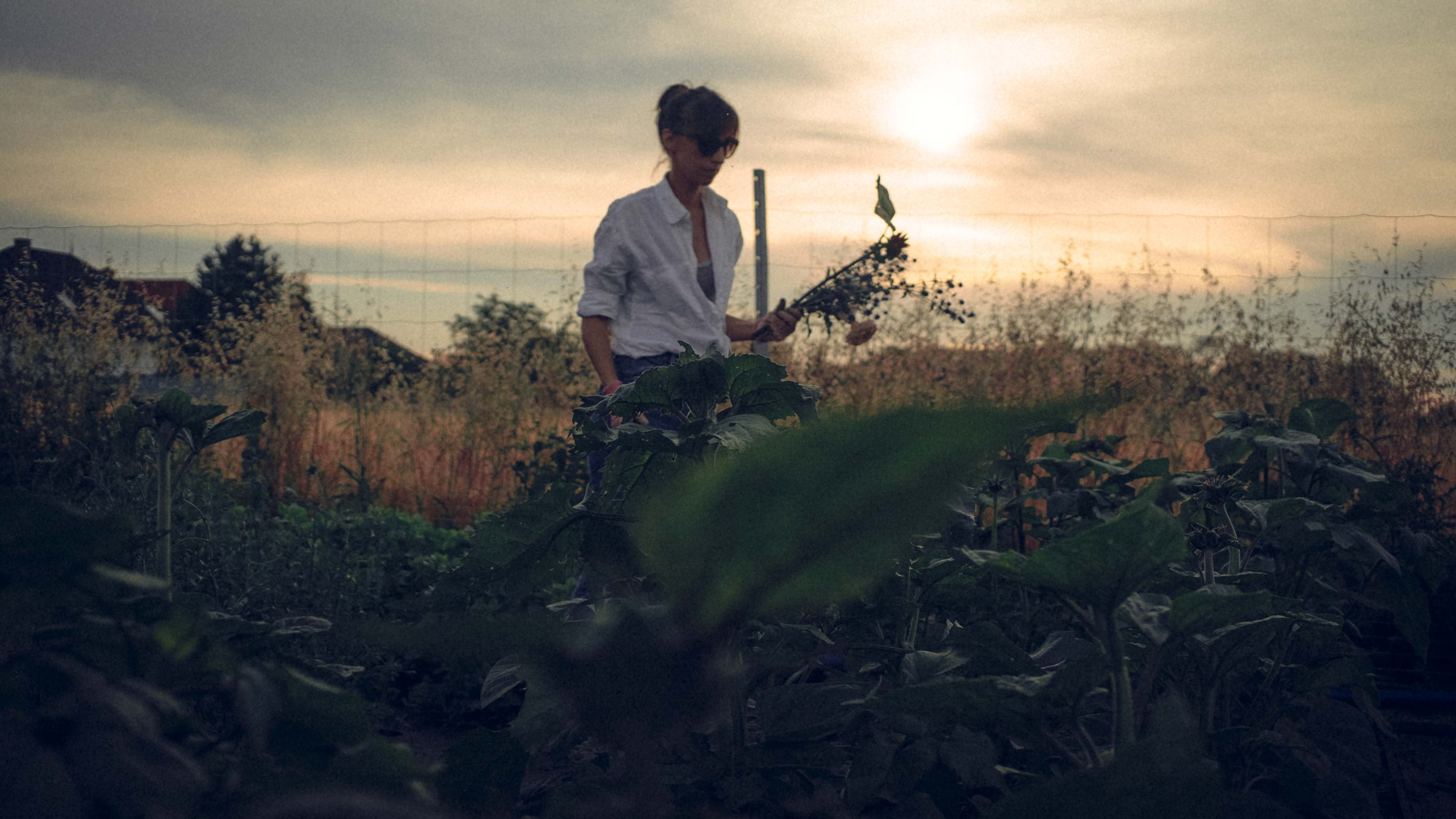

As for the future of Blumenbund, Kathi and Manu’s biggest hope is that through their business, more people come to acknowledge and appreciate the value of seasonal, regional and sustainable flowers. As flower farmers, their aim is to learn as much as they can, plan as much as they can, and grow as much as they can with the resources and knowledge that they acquire along the way.


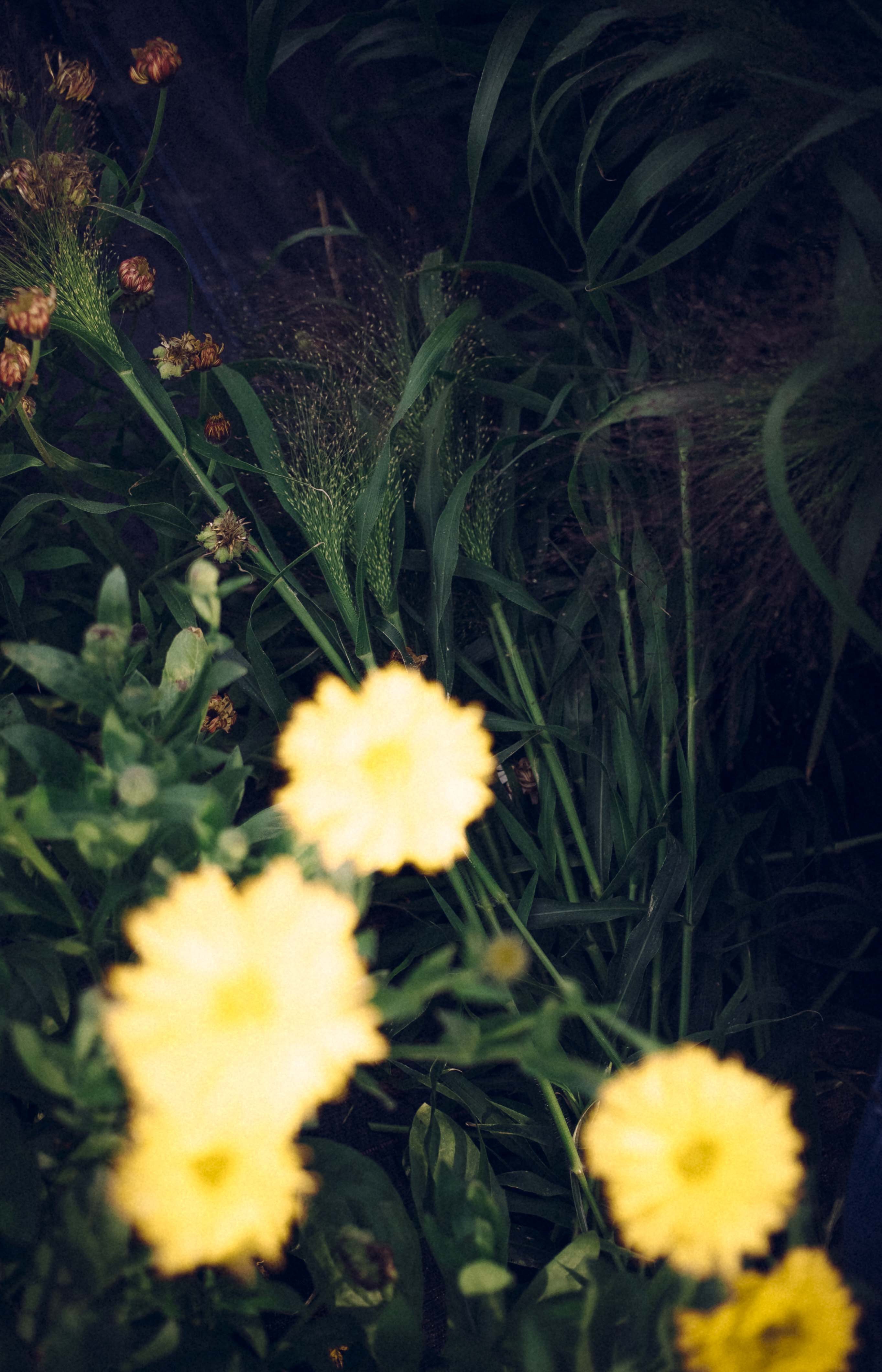
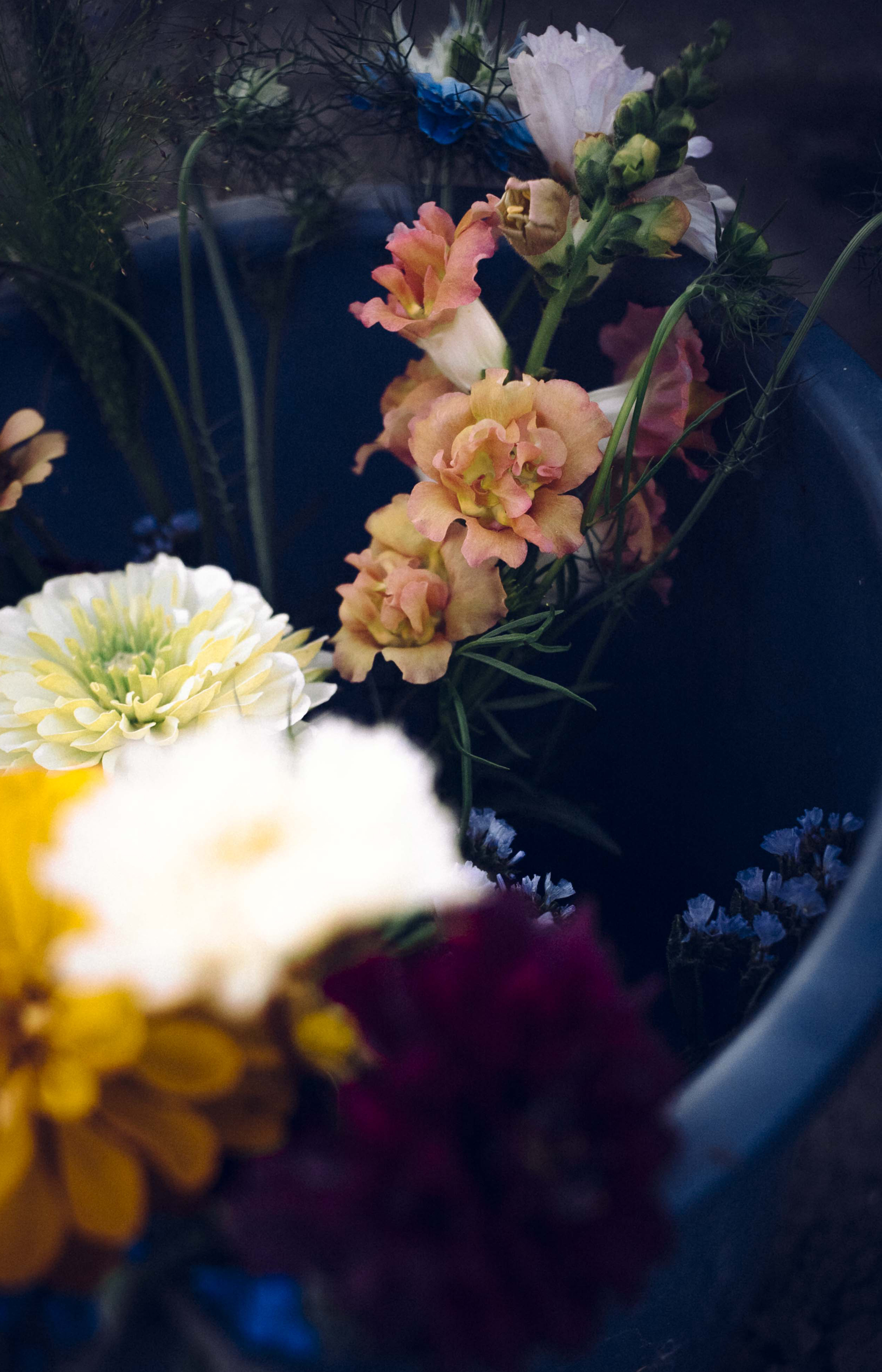
For more information, seasonal bouquets, myriad blossoms and co. visit: blumenbund.com
Text: Maia Frazier
Image: Daniel Eceolaza
Text: Maia Frazier
Image: Daniel Eceolaza